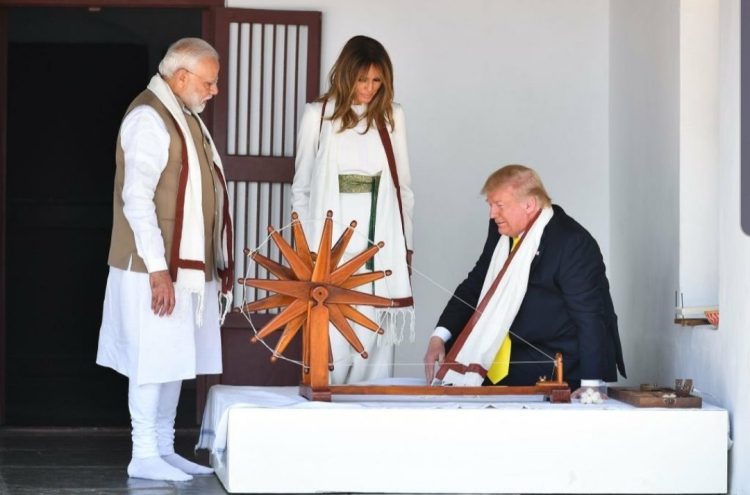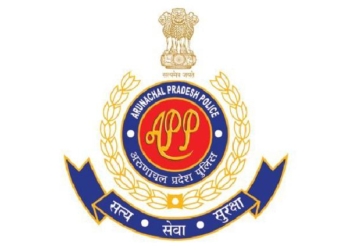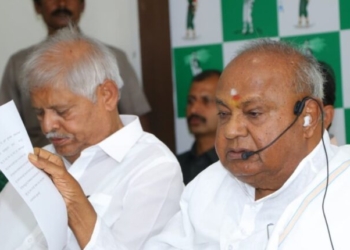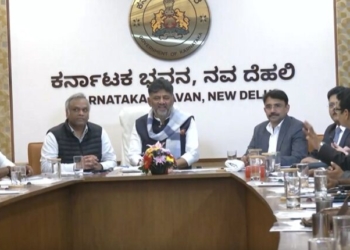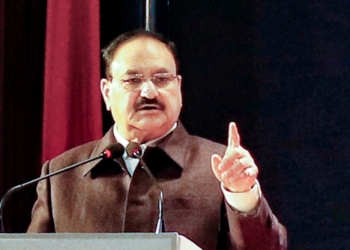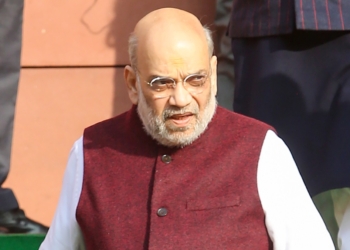Washington: During his first term, that was marked with personal warmth and chemistry with Prime Minister Narendra Modi, US President-elect Donald Trump pulled a little-known formation of the US, India, Japan and Australia called the Quadrilateral Security Conference from obscurity and turned it into the centerpiece of America’s push against China in the Indo-Pacific.
Some officials in his administration had even seen it as the foundation for building a military alliance – an Asian NATO.
It did not grow into one but it is now a vibrant body with several summit-level meetings.
In 2020, Trump had also directed the Pentagon to extend all support to India in the wake of violent Galwan Valley face-off between the Indian and Chinese troops that led to the first fatalities in clashes on the border in decades.
At the same time, Trump had also happily accepted an invitation from Pakistani Prime Minister Imran Khan to mediate with India. It was a clever move by the wily Khan as he knew well India was opposed to any third-party mediation and an irritated New Delhi lost no time in conveying rejection. Khan might have been trying to tap into a desire once expressed by Trump to mediate between the two South Asian neighbours.
On trade and economy, Trump elevated India’s stature to that of NATO and NATO+ allies for the export of sensitive dual use technology under STA 1 (Strategic Trade Authorization 1). But he also slapped tariffs on Indian steel and aluminum, as he did with the rest of the world, triggering a tariff war with India, which had retaliated by slapping duties on US goods.
In 2019, the Trump administration had ended special trading benefits to India that allowed Indian exports to enter the US at zero tariff under a programme called Generalized System of Preference (GSP). At the time of termination, the annual Indian exports to the US under this scheme were valued at $6 billion. It has not been restored yet.
The Trump administration had also pushed India to sign a trade deal that the two sides had planned during the US president’s visit to India in February 2020, but the negotiators failed to meet the deadline. The Indian officials complained the American negotiators were constantly shifting the goalposts, targets which forced them to abandon the deal altogether.
Trump also ended US participation in the Paris climate accord slamming it as designed to benefit India and China, willfully misrepresenting its conditions.
These policy differences, however, did not come in the way of Trump and PM Modi forming a close personal bond. He attended a joint rally with the Prime Minister in Houston called ‘Howdy Modi’, during which PM Modi called for a second term for the American president. Trump then travelled to India for another joint appearance with Prime Minister Modi at a rally in Ahmedabad, called ‘Namaste Trump’.
Having spoken of PM Modi several times during the just concluded 2024 re-election campaign, Trump reportedly called many Indian-American supporters “Modi’s Boys”. The former president even said that he expected to meet the Prime Minister during his September visit to the US for the Quad and UN General Assembly meetings, calling him “fantastic”. That meeting could not take place due to the busy schedule of both leaders.
(IANS)




